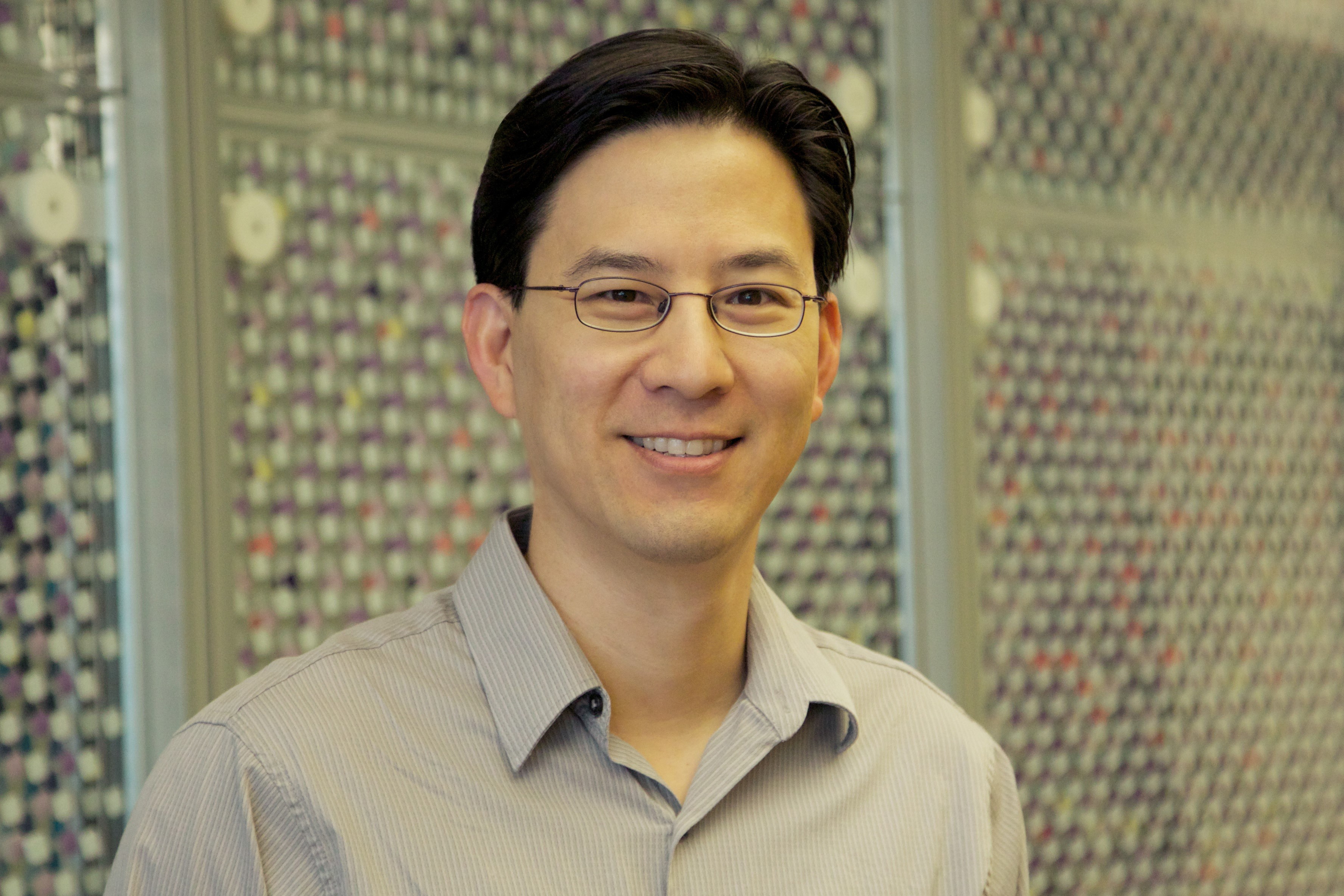Distinguished iNANO Lecture: DNA-origami barrels versus crisscross cooperativity
William M. Shih, Ph.D., Professor of Biological Chemistry and Molecular Pharmacology at Harvard Medical School
Info about event
Time
Location
iNANO AUD (1593-012), Gustav Wieds Vej 14, 8000 Aarhus C

William M. Shih, Ph.D., Professor of Biological Chemistry and Molecular Pharmacology at Harvard Medical School
Dana-Farber Cancer Institute, Department of Cancer Biology & Wyss Institute for Biologically Inspired Engineering at Harvard
DNA-origami barrels versus crisscross cooperativity
DNA origami, in which a long scaffold strand is assembled with a large number of short staple strands into parallel arrays of double helices, has proven a powerful method for custom nanofabrication. Although diverse shapes in 2D are possible, the single-layer rectangle has proven the most popular, as it features fast and robust folding and modular design of staple strands for simple abstraction to a regular pixel surface. Here we introduce a barrel architecture, built as stacked rings of double helices, that retains these appealing features, while extending construction into 3D.
We demonstrate hierarchical assembly of a 100 megadalton barrel that is ~90 nm in diameter and ~270 nm in height, and that provides a rhombic-lattice canvas of a thousand pixels each, with a pitch of 9 nm, on its inner and outer surfaces. Complex patterns rendered on these surfaces were resolved using up to twelve rounds of exchange PAINT super-resolution fluorescence microscopy. We envision these structures as versatile nanoscale pegboards for applications requiring complex 3D arrangements of matter. One application I will discuss is the use of DNA barrels to scaffold the manufacture large lipid nanodiscs suitable for cryoEM structure determination of large membrane proteins and their complexes embedded in a native lipid bilayer environment.
The simple method of stacking DNA barrels in a linear array works well for hierarchical assembly of a small number of DNA origami, but does not scale well for larger numbers. For robust linkage of a large number of DNA origami, I will discuss a novel method that we call crisscross ultracooperative assembly. This method combines all-or-nothing scaffold-dependent initiation of folding with scaffold-independent growth, therefore allowing for sizes unbounded by the length of the scaffold. A major application will be digital counting of molecular analytes, where each molecular detection event triggers growth of a single filament resolvable by low-cost microscopy.
Bio:
William Shih is a Professor in the Department of Biological Chemistry and Molecular Pharmacology at Harvard Medical School and the Department of Cancer Biology at the Dana-Farber Cancer Institute and a Core Faculty member at the Wyss Institute for Biologically Inspired Engineering at Harvard. William studied Biochemical Sciences at Harvard for his A.B. (1990–1994) and Biochemistry at Stanford for his Ph.D. (1994–2000) He did a postdoctoral fellowship at The Scripps Research Institute (2001–2004) and has since been back at Harvard as a faculty member. William was a 2008 NIH Director’s New Innovator Awardee, a 2013 Blavatnik National Award Finalist in the Physical Sciences, and the 2017 Foresight Prize Awardee in Experimental Nanotechnology.
Host: Professor Kurt V. Gothelf, iNANO & dept. of Chemistry, Aarhus University
Coffee, tea, and bread will be served from 10:00 in front of iNANO AUD
